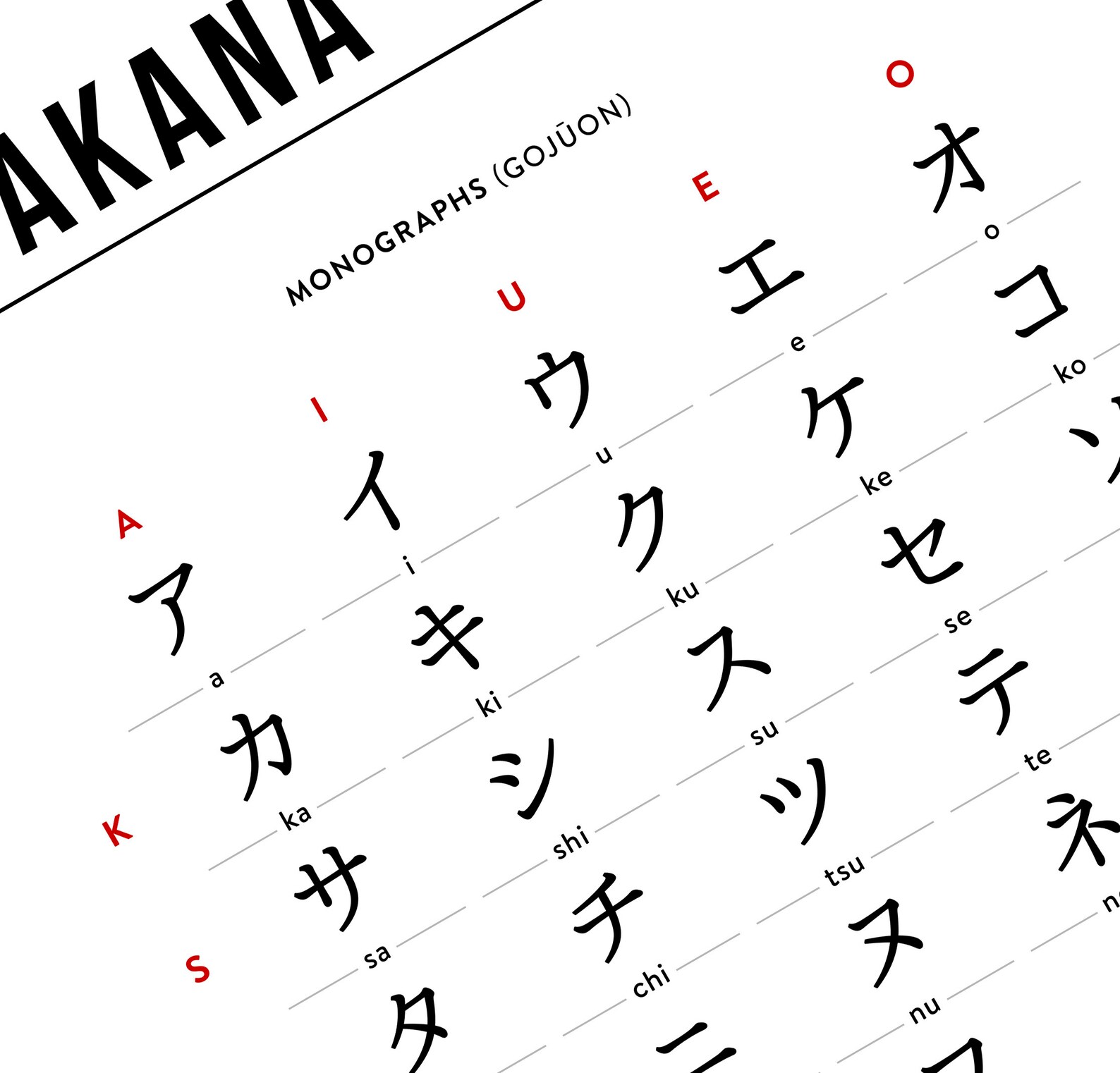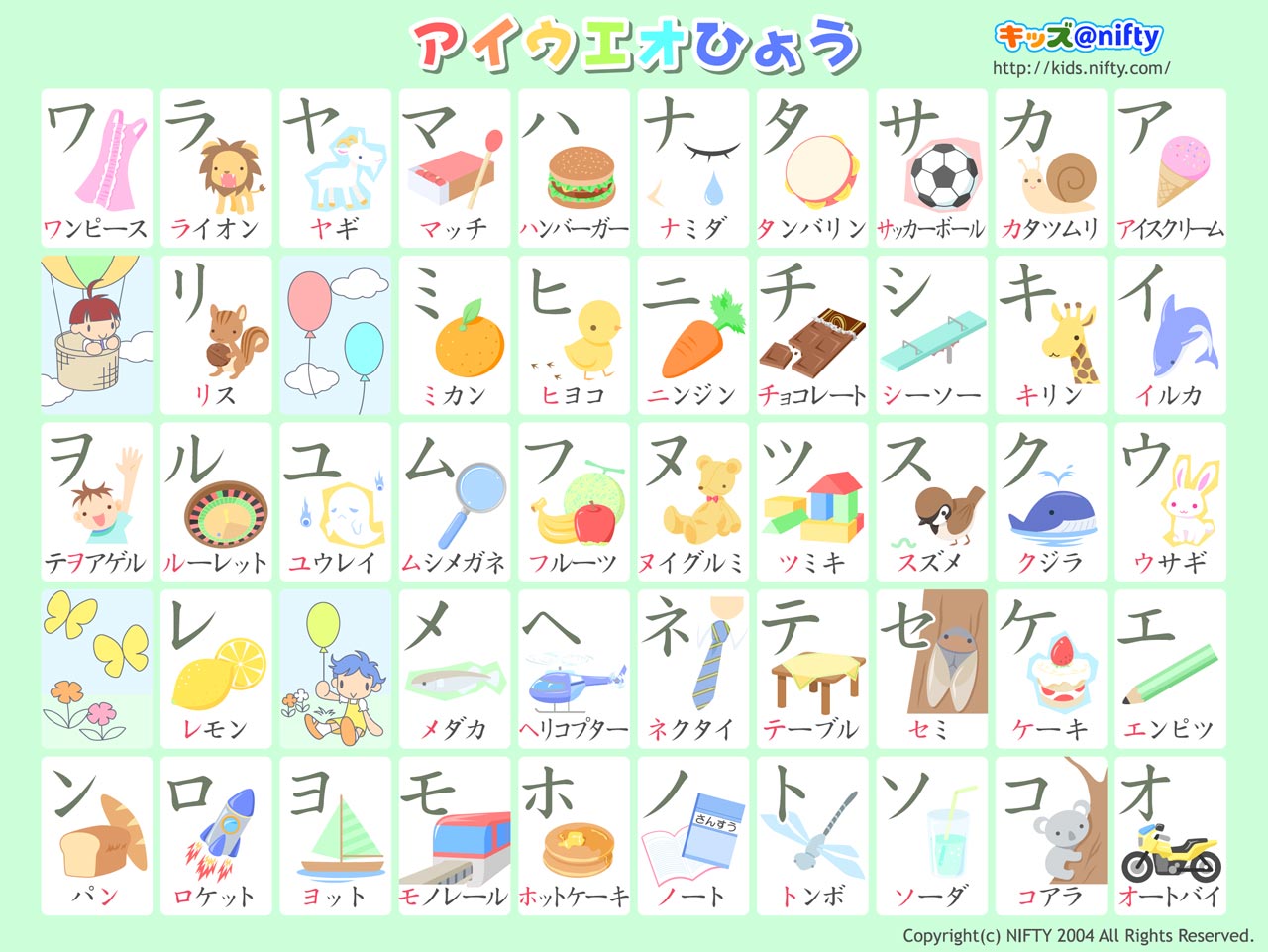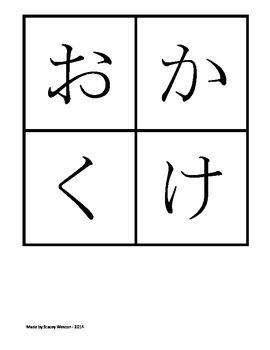


Emoticons have played a significant role in communication through technology, and some devices and applications have provided stylized pictures that do not use text punctuation. Īs SMS mobile text messaging and the Internet became widespread in the late 1990s, emoticons became increasingly popular and were commonly used in texting, Internet forums, and e-mails. This style arose on ASCII NET of Japan in 1986. Users from Japan popularized a kind of emoticon called kaomoji, utilizing the larger character sets required for Japanese, that can be understood without tilting one's head to the left. In Western countries, emoticons are usually written at a right angle to the direction of the text. The first ASCII emoticons are generally credited to computer scientist Scott Fahlman, who proposed what came to be known as "smileys" – :-) and :-( – in a message on the bulletin board system (BBS) of Carnegie Mellon University in 1982. A smiley-face emoticon Examples of kaomoji smileysĪn emoticon ( / ə ˈ m oʊ t ə k ɒ n/, ə- MOH-tə-kon, rarely / ɪ ˈ m ɒ t ɪ k ɒ n/, ih- MOTT-ih-kon), short for "emotion icon", is a pictorial representation of a facial expression using characters-usually punctuation marks, numbers, and letters-to express a person's feelings, mood, or reaction, without needing to describe it in detail.

Without proper rendering support, you may see question marks, boxes, or other symbols instead of the intended characters. This article contains Unicode emoticons or emojis.


 0 kommentar(er)
0 kommentar(er)
